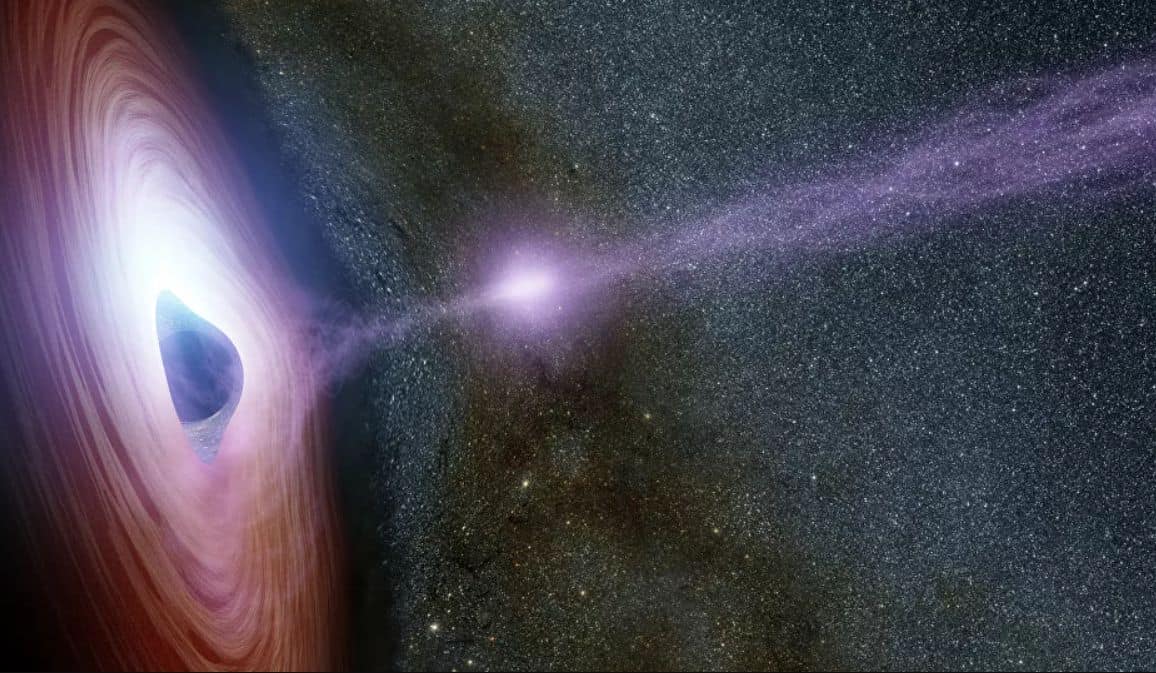What was mere speculation 50 years ago, has now been proven through a physical laboratory experiment: it was discovered that it is possible to use a black hole to generate energy.
In 1969 the British physicist Roger Penrose suggested that energy could be generated by lowering an object into the ergosphere of a black hole, that is, the outer layer of the black hole’s horizon, where the object would have to move faster than the speed of light and one part of it should fall to generate power in the second part. However, the physicist assured that only a very advanced civilization, perhaps strange, could achieve it.
Two years later, physicist Yakov Zeldovich suggested that light waves hitting the surface of a rotating metal cylinder, which rotates at the correct speed, would eventually be reflected by additional energy drawn from the cylinder’s rotation thanks to the rotational Doppler effect. However, the experiment was not carried out because the metal cylinder was required to rotate at least 1 billion times per second.
Finally, physicists at the University of Glasgow School of Physics and Astronomy found a way to demonstrate the theories put forward by Penrose and Zeldovich by using sound instead of light to facilitate demonstration in a more practical way as this is a source. lower frequency and manageable.
The experiment published in Nature Physics demonstrated the Zeldovich effect for the first time with the help of 16 ring-shaped speakers by directing sounds towards a rotating disk made of noise-absorbing foam. In this case, the acoustic waves of one loudspeaker were delayed in the phase of the waves of other dynamics, which allowed simulating an orbital angular momentum. The conditions that prove the Zeldovich effect was achieved by rotating the disc with a frequency of only 15 to 30 rotations per second.
In this way, the results of the experiment confirmed that the low-frequency modes can be amplified up to 30% by passing through the noise absorbing layer of the disc. As the speed of the unit increases, the frequency of the sound waves decreases due to the Doppler effect, but when a certain speed is reached, it returns to its previous value, while the sound amplitude increases. This is because the waves have taken part of the disk’s rotational energy.
While Penrose’s theory occurs when the body has two parts, one of which falls on the event horizon. If two fragments have certain speeds, a special position relative to each other, and fly on the correct trajectories, then the fall of one fragment transmits energy to the other part.
